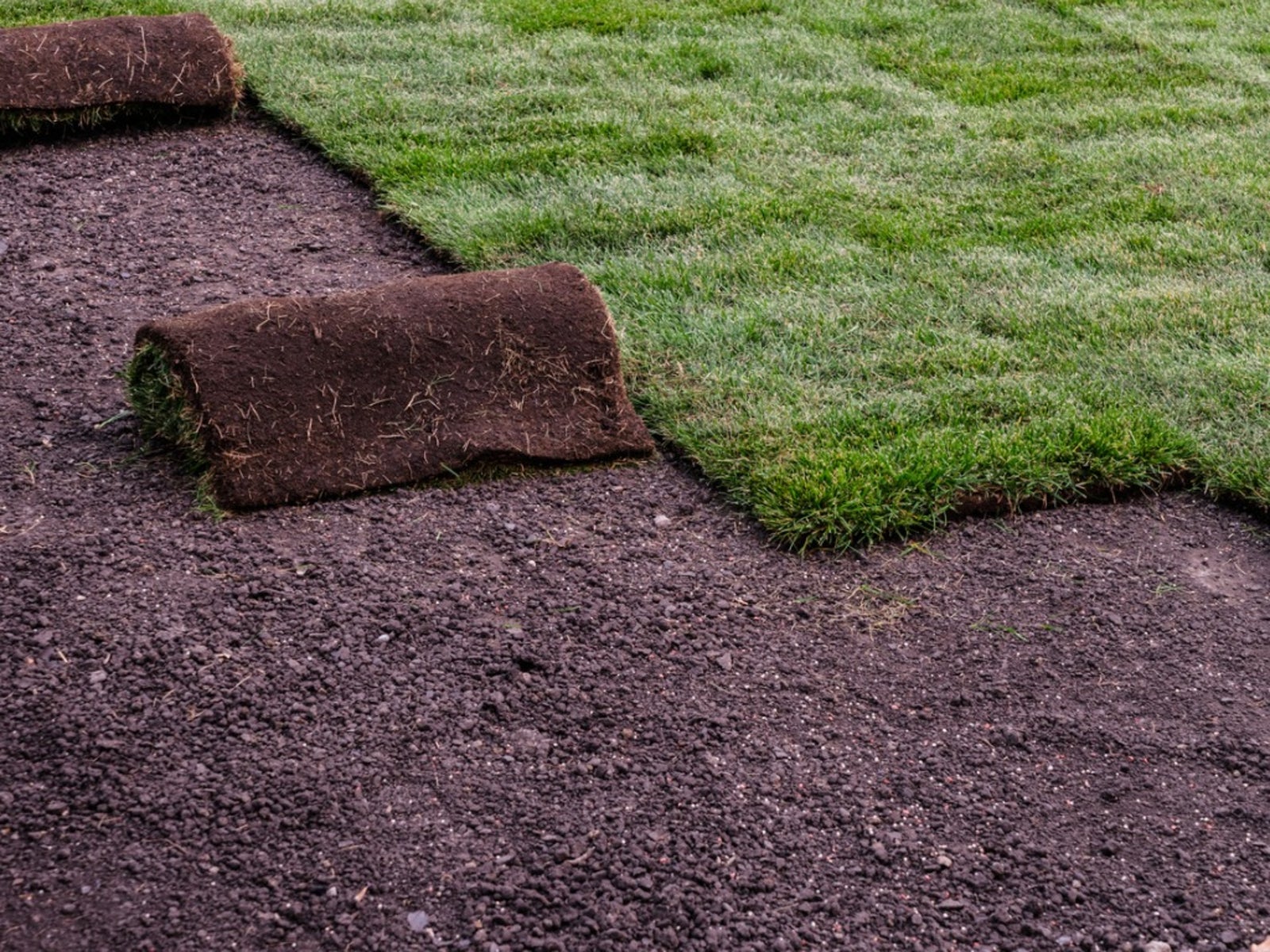Although laying sod rather than seeding a lawn is more accessible, it comes with its own set of risks. Heat and drought wreak havoc on the highly vulnerable grassroots. Planting sod at the proper temperature and at the right time ensures that the roots take hold quickly. Our experts at Sod installation downriver Michigan have some important points for you in this regard.
Table of Contents
Ultimate Temperature
In mild climates, you can lay sod almost all year if the ground isn’t frozen or a frost isn’t expected. The best time to lay sod, though, is when the weather is pleasant all day, between 55- and 65-degrees Fahrenheit. In hotter conditions, the sod dries faster and is subjected to more shock. Furthermore, the ground may freeze at colder temperatures, preventing the roots from forming themselves.
Choice of Season and Grass
Unfortunately, you won’t always be able to choose when you lay your sod, and planting sod in the summer heat or the winter cold can impact the grass you choose. Warm-season and cold-season grasses are the two types of grasses. Fescue and other cold-season grasses can be planted at any time of year, though they favor the cooler months. They’re dormant throughout the winter and won’t “green up” until spring, but they’ll keep your new lawn from eroding or becoming a mud pit in the meanwhile.

Fescue is more difficult to lay in the summer because it is a cool-season grass susceptible to heat. You’ll need to maintain it well-watered, and you should water the soil before laying down your sod. Although laying Bermuda sod in the summer isn’t ideal, it won’t require nearly as much attention as warm-season grass.
Laying Sod
The success of a new lawn’s establishment is dependent on proper soil preparation and grass planting at the appropriate time. Remove any weeds or pebbles from the ground before installing the sod. 2 inches compost or manure, plus any other amendments recommended by a soil test To a depth of 4 inches, till the amendments into the soil. Smooth and level the area with a rake. Avoid working it when the earth is damp because hard clumps of soil will form.
Adequate Moisture
Sod dries very quickly, causing the roots to perish before establishing themselves. Planting on a chilly day is beneficial, but you must also supply ample water. Soak the soil to an 8-inch depth a few days before planting, especially if the weather is hot. Soak the soil again after you’ve laid the sod so that it’s damp at 4 inches beneath the surface. Over the next two weeks, water lightly multiple times each day to keep the soil moist to a depth of 4 inches. In the fall and winter, you will need to water less frequently. Watering must be done more often in hot weather.


